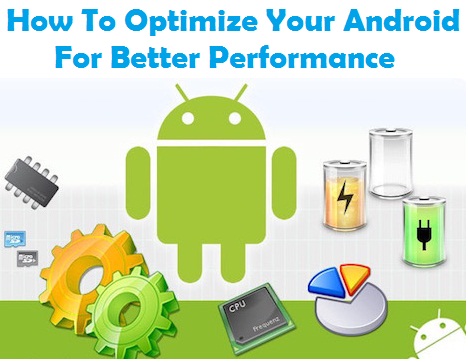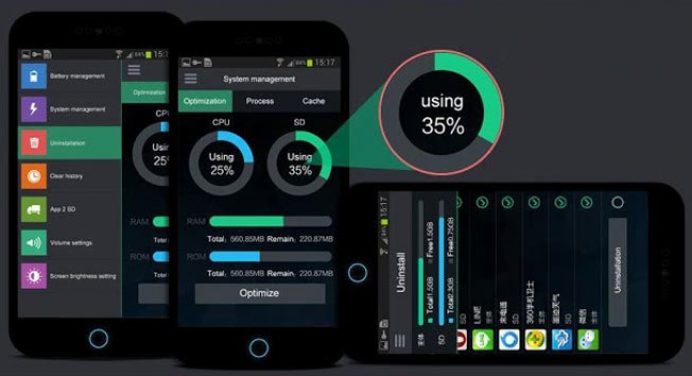

Zephyr, a cloud-based content management system for design agencies, set a goal to become the fastest CMS on the market. Zephyr: 75% fewer support tickets after image optimization For every improvement of just 100 milliseconds, revenue grew by 1%.Ī 2% increase might not seem like a big deal, but for a retail giant like Walmart, this can amount to hundreds of thousands of dollars, which is quite impressive for a 1-second improvement.For every 1-second increase in load time, the website experienced a 2% increase in conversions.When they conducted website speed optimization, they saw an increase in both conversions and revenue: Walmart analyzed their metrics and discovered that users who converted had visited pages that loaded twice as fast as the pages visited by lost leads. Walmart: every 1-second increase in load time caused a 2% boost in conversions

This resulted in a 15% increase in SEO traffic and 15% in conversion rate (i.e., signups). They implemented a lot of optimizations and managed to reduce perceived wait times by 40%. They focused their experiment on a custom metric called perceived wait time, which they defined as the time from the user typing in a URL or clicking on a URL and the visible part of the page being rendered. Pinterest: signups increased by 15%Ī few years back, engineers from Pinterest decided to improve their website’s performance and see how it affected their conversions. There are a whole bunch of cases in which minor changes in load speed either cost businesses visitors and conversions or improved their business outcomes. Sounds nice, but what about real-life examples? That said, image optimization accounts for almost 50% of web performance issues, so it’s indeed a low-hanging fruit to improve your web performance and customer experience. SEO isn’t all about site speed, and site speed isn’t all about image optimization. This is not to say that image optimization is a silver bullet that will handle all your performance problems. Even minor tweaks can bring noticeable results. For example, decreasing mobile site load times by just one-tenth of a second resulted in an increase in conversion rates of up to 8.4% for retail and 10.1% for travel. When your website is fast, customers stay longer and buy more, improving your conversion rates and revenue. Hence, image optimization can help you beat your competitors in search and get spotted by more people (read: potential customers!). The longer users stay on your website, the more reliable it becomes in the digital eyes of Google, and, again, the higher it gets in the SERPs. When your website is fast, fewer people give up and leave, which affects another ranking factor called bounce rate. We know that Google prioritizes fast websites and puts them higher in the search results. Optimizing images on your website can trigger a whole chain of benefits, and all of them eventually lead to getting more customers and better conversions. Today, websites can’t afford to load longer than 3 seconds. And the longer it loads, the more customers you lose. Of course, the more your page weighs, the longer it loads. Most often, images account for most of the downloaded bytes on a page: studies prove that they comprise almost 75% of total page weight. Later on, we’ll get into how it can be done, but first, let’s talk about why it’s important and who exactly needs it (spoiler: you). This is necessary in order to get decent website performance. Put simply, it makes them look good and load fast. Image optimization aims to make images on your website look visually compelling, yet stay as lightweight as possible. What is image optimization and why is it essential?
#Optimize images for better how to
Let’s find out more about what optimization is, why it’s important, and how to make it work. Images are the biggest culprits of slow web pages, so optimizing them is a quick fix that can solve most of your performance problems. One of the most effective ways is to optimize your pictures for the web. When a website gets lost somewhere on the second page of the SERPs, it becomes harder for people to find it, and even those few who do will probably leave it because it’s slow to load. People don’t have the patience to wait until they load, and Google’s algorithms just demote them in search results.

Nobody likes slow websites: neither humans nor robots. First published on December 1, 2020, in Other Everything Insights Engineering News Product Culture Compliance How to optimize pictures for better website performance


 0 kommentar(er)
0 kommentar(er)
